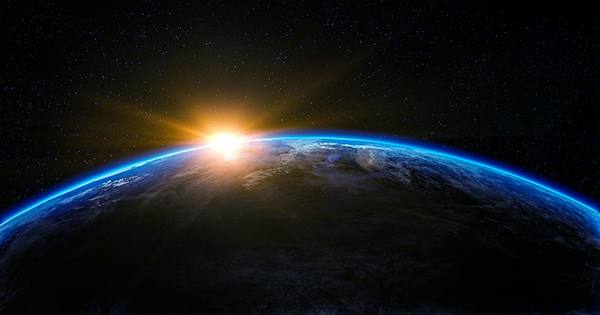Muscle wasting is the real mood under lockdown that lasts months without going to the point of experience – but for astronauts it is a serious concern at work. Without the pressure of gravity, you do not need to work so hard to get around human muscles, but how do you prevent yourself from returning to Earth like a big bag of jelly? A new study introduces worms into space and hopes to gather their accurate data to run the table.
Strange astronauts are actually already on the International Space Station (ISS), where they will test, better understand what happens to muscle energy in space. According to a report by Inverse launched by NASA in February this year, the worms have left Terra firma. Thousands of Earthworms sent to Jim wannabes outdoor laboratory. A Northrop Grumman Cygnus re-supply spacecraft leaves Earth with 3,629 kilograms (8,000 pounds) of scientific kits and daily necessities for astronauts, such as food and 120,000 Caenorhabditis Elegance worms.
C. elegans is a family name among scientists; he has played a leading role in countless studies. These nifty nematodes sit outside the annelids, where worms usually live, and are instead considered an analog species that can be used to gather insights into more complex animals.
The hope is that their performance during physical work in space can give insight into what is happening to the corpses of astronauts who (from one crew to another crew) have lived in the ISS for two decades. “If molecules are effectively the same between insects and rats and humans, and their effects are essentially the same, things should be translated fairly quickly,” said Nathaniel Szewczyk, a researcher in retrospective research from the University of Ohio.” This may not be an easy journey for the resident worms, who will work the running mazes as part of the test inside a device called NemaFlex. Inside, the insects will use their tiny muscles to summon past microscopic barriers, and the amount of these barriers captured by the camera will indicate the force behind the insects’ flex.
By conducting experiments during their stay the ISS and when they return to Earth, it is expected that C-Elegance crews will begin to show what effect it will have on bodies 254 miles above the Earth’s surface. The data constitutes instantaneous search data for both private and publicly funded space agencies, some of which are putting Mars farther away through NASA’s diligent rover in light of recent successful missions.
As we say, perseverance has spread across the surface of the Red Planet, equipped with a wide variety of tools to carry out its important scientific tasks, from looking for soil samples to tracing the signs of microorganisms. Who knows, the next rover set for Mars will have a few stoves with C-Elegance on board, where no worms have been before.
















